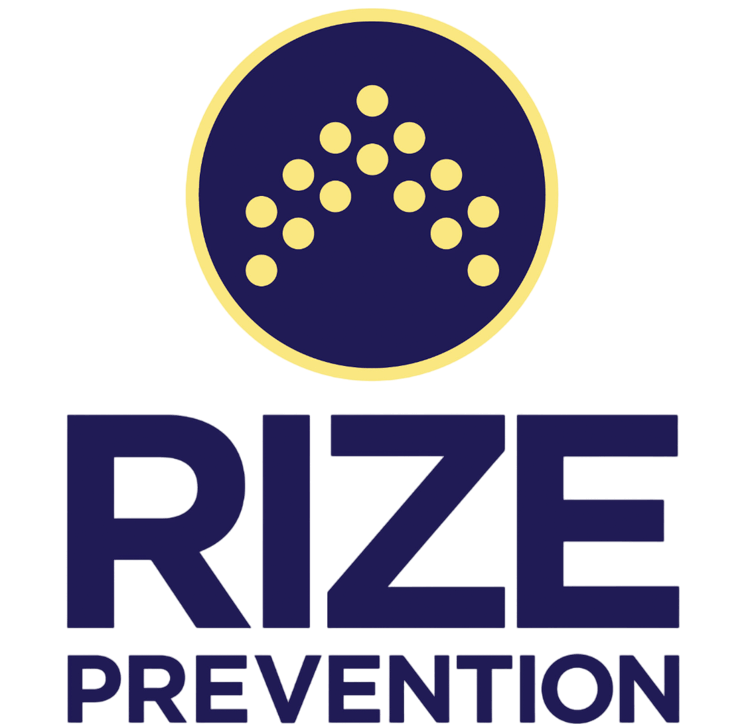Childhood trauma isn’t just a psychological issue — it’s a significant public health concern with deep implications for adolescent substance use. In the review “Childhood trauma and adolescent substance use: an integrative perspective”, Hoffmann and Hoffmann explore how early adverse experiences set off a chain reaction through brain development, emotional systems, behavior, and social environments that increases the risk of substance use in adolescence.
Defining Trauma in Childhood
The authors define childhood trauma broadly. It encompasses:
- Adverse Childhood Experiences (ACEs) — such as neglect, abuse, or family dysfunction.
- Early Life Stress (ELS) and toxic stress, including repeated exposure to violence or instability.
These forms of trauma often overlap, and their combined impact can severely disrupt emotional and physiological functioning, laying the groundwork for later problems.
Trauma and Substance Use: A Direct Link
One of the key takeaways is that traumatic experiences in childhood are directly linked to an increased risk of substance use during adolescence. In fact:
- The more adverse experiences a child faces (i.e., a higher “dose” of trauma), the greater their risk — this follows a dose-response pattern.
- This relationship holds across different substances (alcohol, cannabis, tobacco, illicit drugs) and can lead to a diagnosable Substance Use Disorder (SUD).
Mechanisms and Consequences of Trauma
To understand how trauma increases risk, the article walks through several interconnected mechanisms:
- Neurobiological Vulnerability
- Trauma disrupts brain structures key to emotion and decision-making — notably the prefrontal cortex, hippocampus, and amygdala.
- It affects the HPA (hypothalamic-pituitary-adrenal) axis, which governs stress responses. Prolonged stress may dysregulate cortisol (the stress hormone), impairing the body’s ability to return to baseline.
- There are also epigenetic changes (e.g., DNA methylation) from trauma that can permanently alter gene expression related to stress regulation and neuroplasticity.
- Psychological and Behavioral Changes
- Trauma-exposed youth often show emotional dysregulation, increased impulsivity, and poor coping skills.
- They may adopt avoidance or “self-medication” behaviors — turning to substances to escape or numb emotional pain.
- Cognitive shifts, such as threat-based thinking or mistrust, can also push them toward riskier peer groups.
- Social and Environmental Pathways
- The risk is compounded when children grow up in environments where substance use is normalized (e.g., caregiver substance use).
- Weak attachment bonds, lack of supervision, and association with deviant peers all increase access to substances.
- There are intersectional risks — marginalized youth (by race, gender, sexual orientation) may face more trauma, fewer supports, and more risk.
Why the Risk Isn’t Inevitable: Protective Factors
Not every child who experiences trauma develops substance use problems. The authors identify key buffers:
- Individual traits: Skills like effortful control (self-regulation), resilience, and optimism can reduce risk.
- Interpersonal supports: Secure attachments to caring adults, strong peer relationships, and community programs protect against substance use.
- Structural resources: Safe neighborhoods, access to mental health care, and community support systems can mitigate trauma’s effects.
Effective Interventions & Treatment
The article highlights several promising strategies:
- Integrated, Trauma-Informed Therapy
- Evidence supports combining Trauma-Focused Cognitive Behavioral Therapy (TF-CBT) with substance-use treatment.
- Approaches that merge motivational interviewing with skills-based CBT (targeting both trauma symptoms and substance use) are especially effective.
- Early Childhood Programs
- Trauma-informed care in early childhood education (ECEC) settings can prevent long-term risk by building emotional and behavioral resilience early on.
- Multi-tiered support systems in schools (teacher training, classroom interventions, individual services) are promising.
- Family & Community Interventions
- Family-based programs that improve parenting and address parental substance use or violence help reduce trauma’s impact.
- Community-level work — like strengthening neighborhood supports, increasing access to services, and building safe spaces — is also vital.
- Systemic Change: Trauma-Informed Care (TIC)
- The authors call for widespread adoption of trauma-informed care in settings like schools, healthcare, and youth services.
- Key elements: staff training, routine screening for trauma, policies that avoid retraumatizing young people.
Future Directions: What’s Next in Research & Practice
To make real progress, Hoffmann and Hoffmann argue for:
- Longitudinal research that tracks individuals over time, from childhood through adolescence, to see how trauma exposure shapes substance use trajectories.
- Multilevel data approaches: integrating biological (e.g., epigenetic), psychological, and social measures to build a full picture of risk and resilience.
- Culturally responsive care: Studies and interventions must adapt to the experiences of marginalized populations who are more likely to experience trauma.
- Implementation research: Not just “what works in ideal settings,” but “what works, for whom, in real-world systems” — school-based programs, clinics, community organizations.
Conclusion
In sum, Hoffmann and Hoffmann’s integrative review highlights that childhood trauma is more than a risk factor — it changes the developing brain, emotional systems, and behavior in ways that increase vulnerability to substance use. But the story is not all doom: protective factors at multiple levels, combined with trauma-informed, integrated interventions, can significantly reduce risk. Importantly, preventive and treatment efforts must start early, operate across systems, and be tailored to diverse communities. As they note, addressing trauma is not just about healing individuals, but about reshaping environments to support resilience and healthier development.

